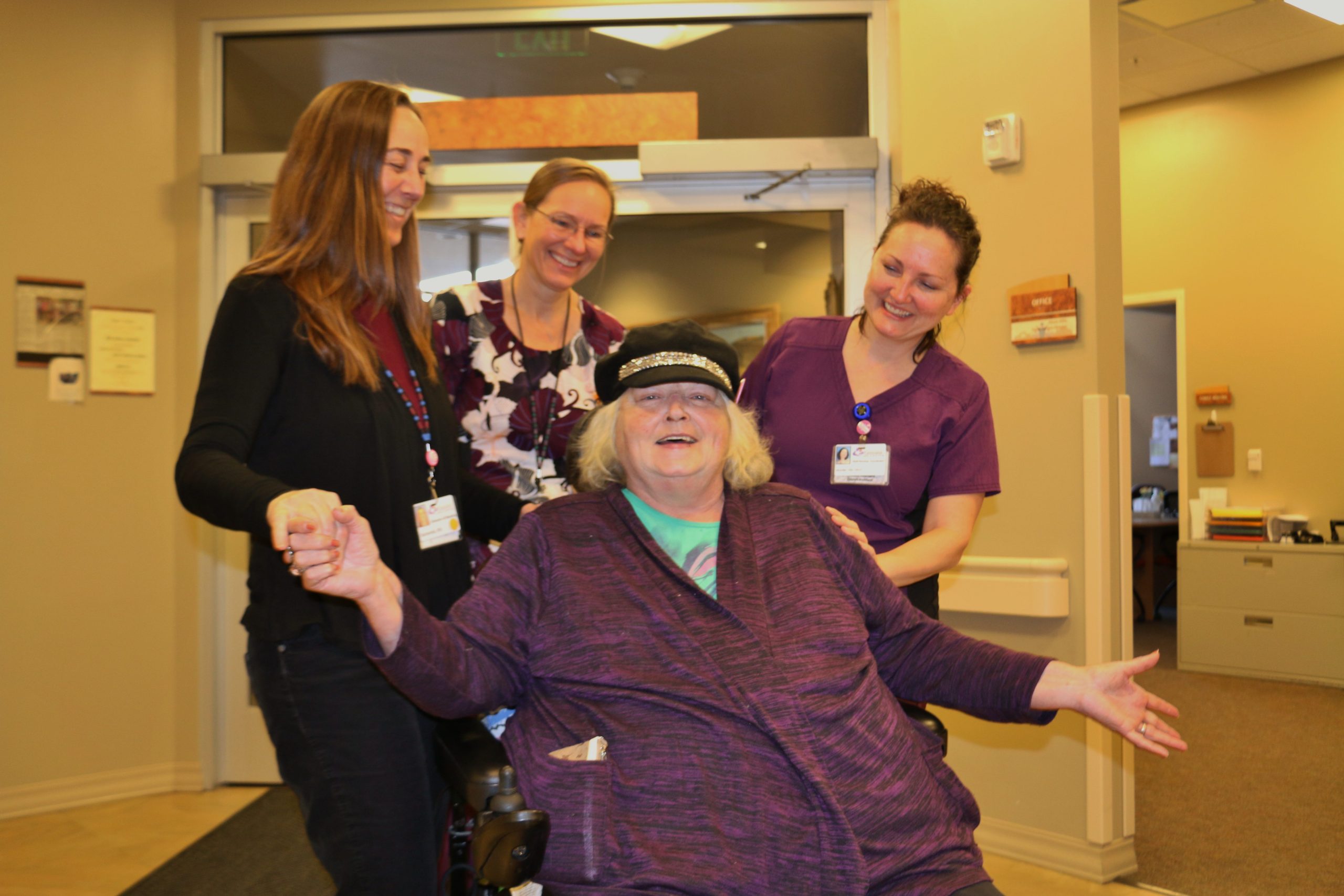Some information may be outdated.
When county voters overwhelmingly approved a local health care sales tax on the Nov. 8 ballot, they may have erased years-old anxieties about the facility’s long-term viability in one fell swoop.
In the short term, though, the care center’s governing board is faced with the question of how it’s going to cover the facility’s operating expenses in the months before the first tax commission check arrives.
Collections of the new tax won’t begin until April 1, 2017, and disbursements are made on a quarterly basis. As a result, the Canyonlands Health Care Special Service District (CHCSSD) isn’t expecting to see a penny of the tax until July 1 of next year, according to Canyonlands Care Center Administrator Kim Macfarlane.
Word of the collection and disbursement schedule came to the surprise of CHCSSD Board chair Vereald Dickerson, who said he had been operating under the assumption that the new tax would kick in on Jan. 1, 2017.
“If it’s not going to start until April 1, we’re probably going to run out of cash before long,” he said during the board’s meeting on Thursday, Nov. 17.
As of last month, the special service district still had about $1.7 million in its bank account. But more than $730,000 is already tied up elsewhere, leaving it with that much less wiggle room to cover the care center’s operating expenses between now and next July.
However, a substantial portion of that money could be freed up if the district can successfully lobby Utah’s Permanent Community Impact Fund Board (CIB) for changes to its debt service agreement, according to CHCSSD Board vice chair Doug Fix.
Under the terms of the agreement it signed before it built the care center, the district is supposed to have two years in principal and interest payments set aside. But Fix said that the standard set-aside requirement is for one year, and he thinks that lesser amount is still ample enough to cover the district’s obligations to the CIB.
By approving a new revenue source that makes up for declining mineral lease revenues, he said, the community has shown its willingness to pay the debts it incurred to build the care center.
“I think one point I’d like to get out to CIB is, even though the county’s mineral lease (revenues) have dropped significantly below what was ever estimated at the time these (construction) bonds were done, the community’s not backing away from anything,” Fix said. “We’ve found a different source to pay this, but we need (CIB) to work with us to solve a cash flow problem, and it seems to me relieving us of one year’s debt service requirement instead of two is just the way to do it. That way, we could spend this money – not have to replace it – and I think we could also argue to them that they’re very secure because now we’ve passed the sales tax … It just seems to me it’s a compelling story.”
CHCSSD Board treasurer and Grand County Council member Ken Ballantyne said he thinks that Fix is headed in the right direction.
“I have no heartache over a two-year reserve – none whatsoever,” he said.
However, Ballantyne said that if the district chooses to pursue that route, it should make a good-faith effort to build its debt service reserves back up.
New tax expected to raise up to $1.6 million for district’s expenses
The one-half of 1 percent tax will raise an additional penny for every $2 – or 50 cents for every $100 – that residents and visitors spend on goods and services, excluding gasoline and groceries used in food preparation.
Estimates of potential revenues from the new tax vary, although board members projected that it will generate between $1.3 million to $1.6 million per year. Portions of the tax will also go to Grand County Emergency Medical Services (EMS).
District board members began their Nov. 17 meeting with cups of grape juice raised in a toast, thanking voters in the community for supporting the tax by a margin of more than 76 percent.
The tax is generally seen as a more reliable alternative to mineral lease revenues from oil and gas wells in the county.
According to Ballantyne, the district’s most recent share of mineral lease money increased by $20,000, to $48,000. But that’s still down considerably from 2014 highs, before global oil prices tanked late that year.
“I’m hoping that (higher number) is trending; I’m not going to hold my breath,” Ballantyne said.
Despite the drop in those revenues, Canyonlands Care Center Business Manager Tom Lacy said the facility’s revenue is ahead of the budgeted amount, and he’s projecting an increase of about $100,000. At the same time, he said, its operating income is about $50,000 under budget.
So far this year, its revenue from private-pay care center residents has exceeded its Medicaid revenue – something that hasn’t happened before, to Lacy’s knowledge.
For a brief time this fall, all 36 beds at the facility were occupied, and from January through October of this year, the care center reported that census numbers of residents were up by 180 nights over the same period in 2015.
Macfarlane is expecting to see those high census numbers hold, while the care center builds on its “deficiency-free” status, as defined by state inspectors.
In response to survey findings earlier this year, the care center’s overall rating on Medicare’s Nursing Home Compare website increased from one to three stars – the highest rating in the facility’s history.
Medicare bases its ratings on three annual surveys in a row, so Macfarlane anticipates even better survey results in 2017.
“By next year, we’ll be a five (out of five stars),” she said.
New tax revenues aren’t expected until next July
Appreciate the coverage? Help keep local news alive.
Chip in to support the Moab Sun News.





